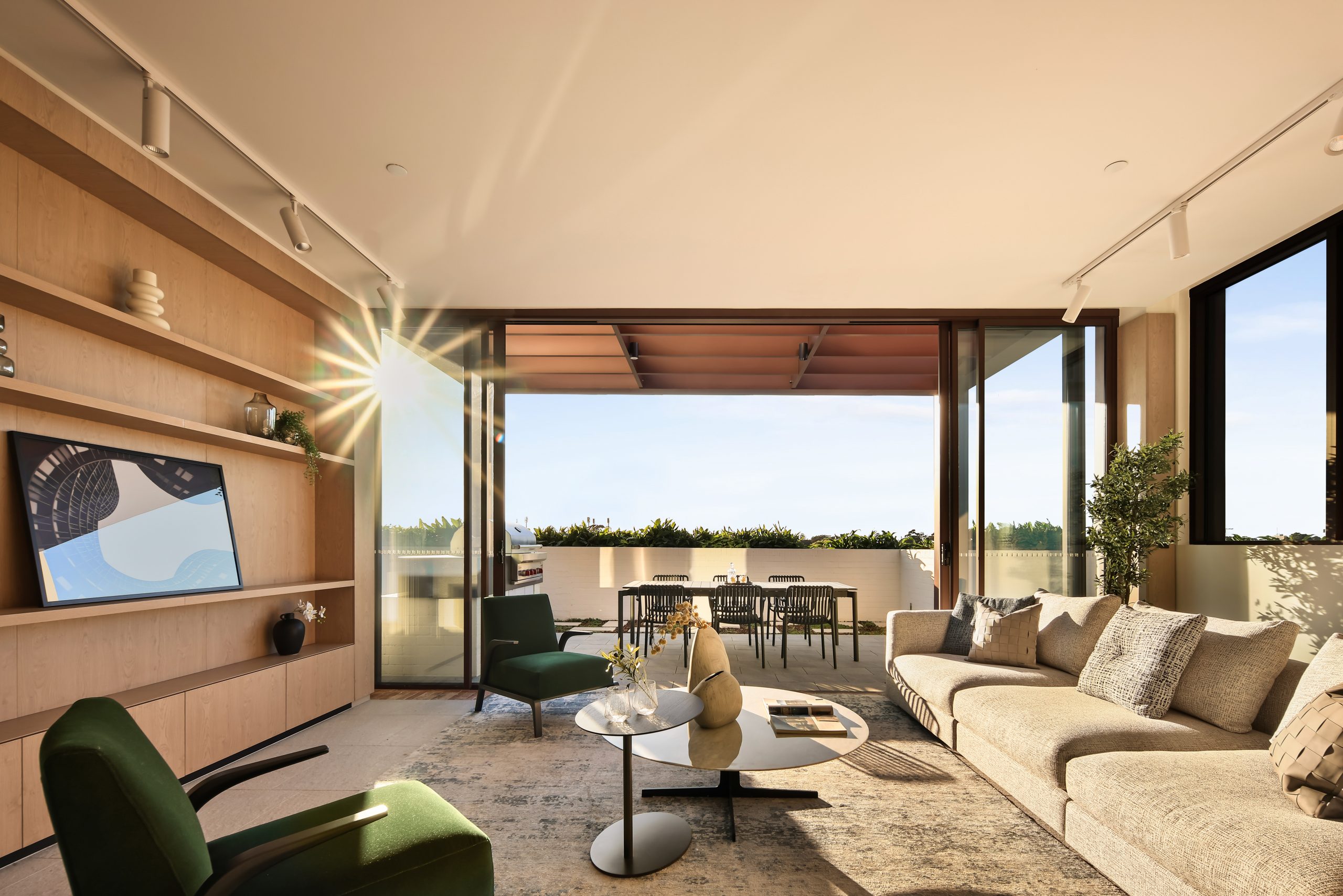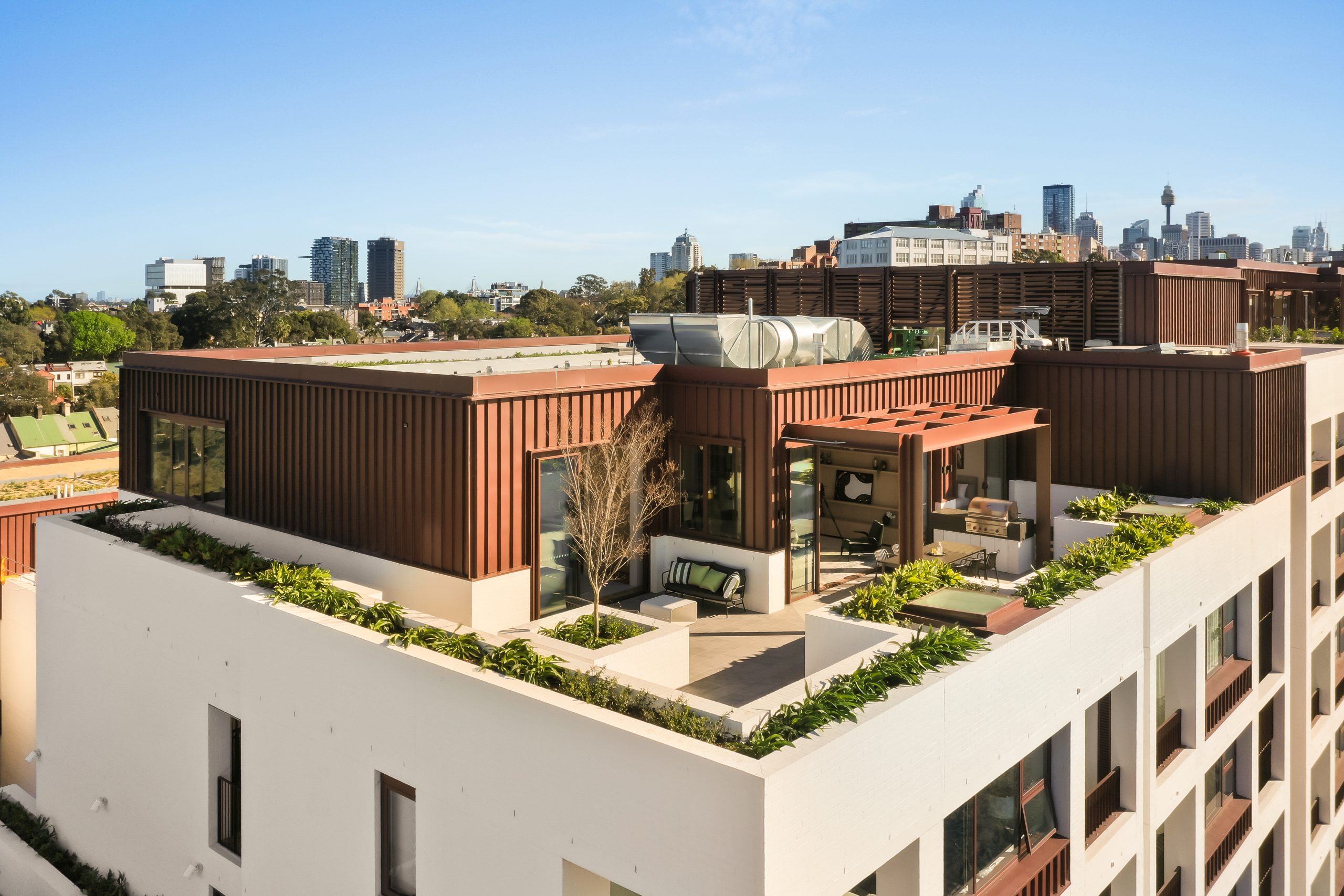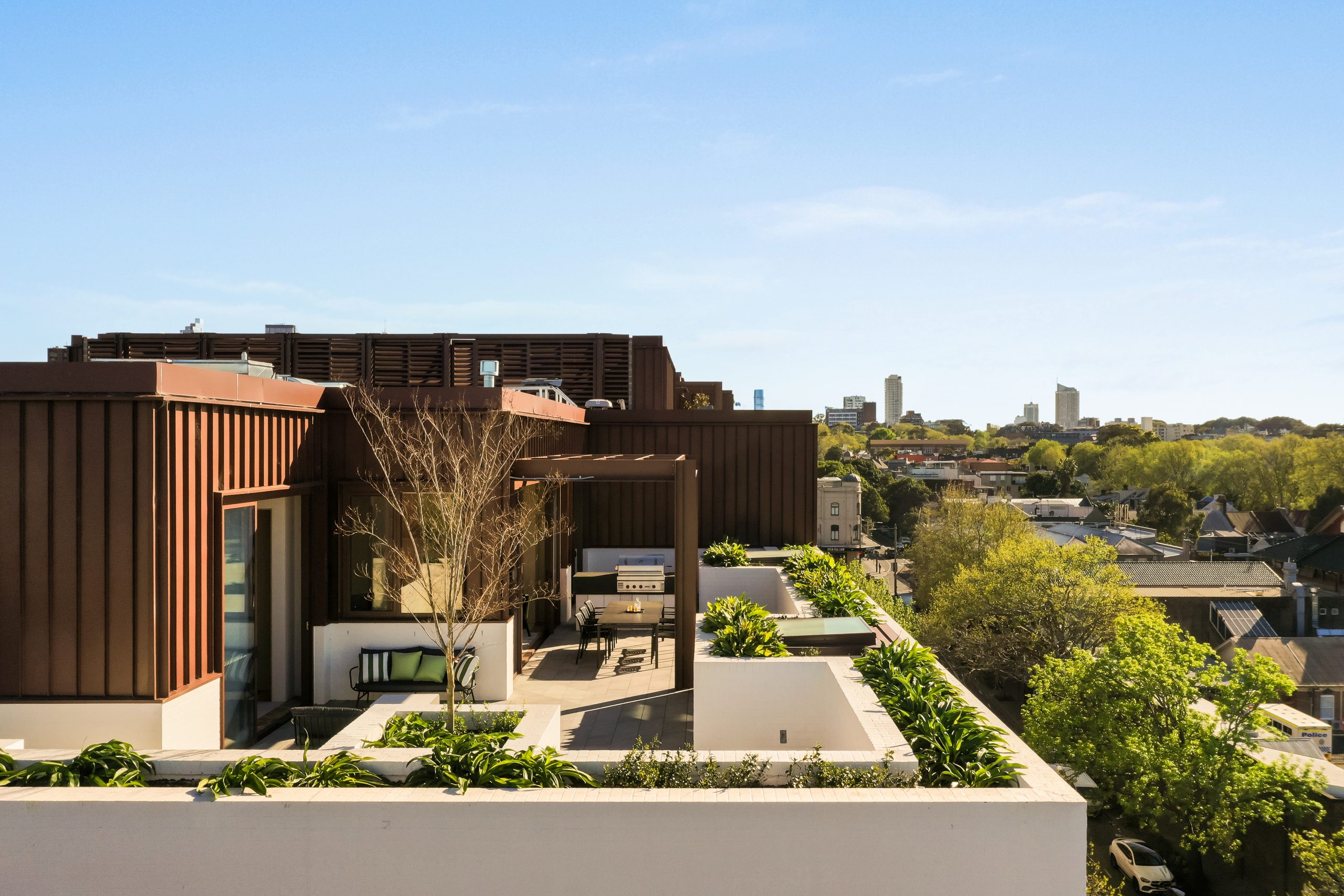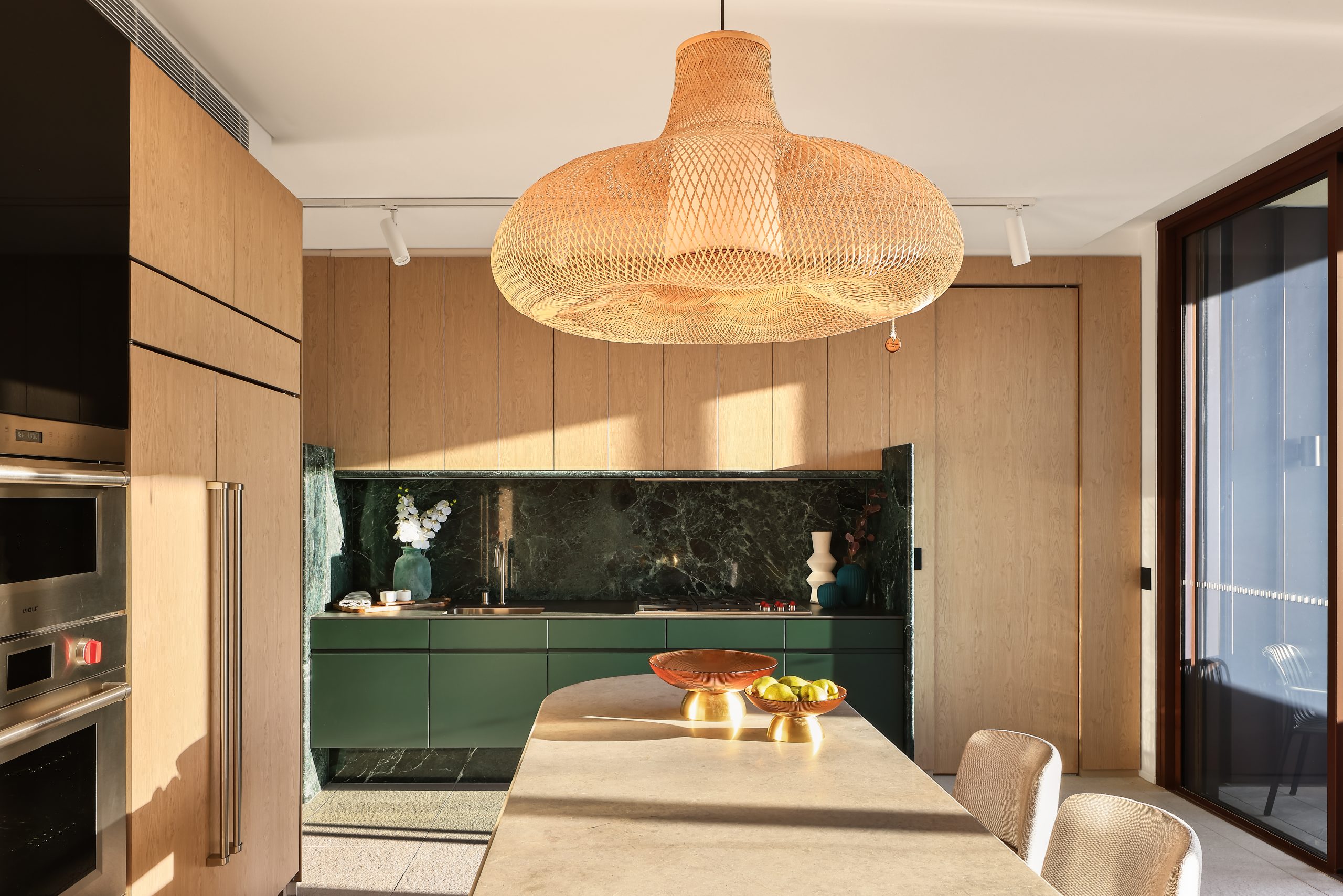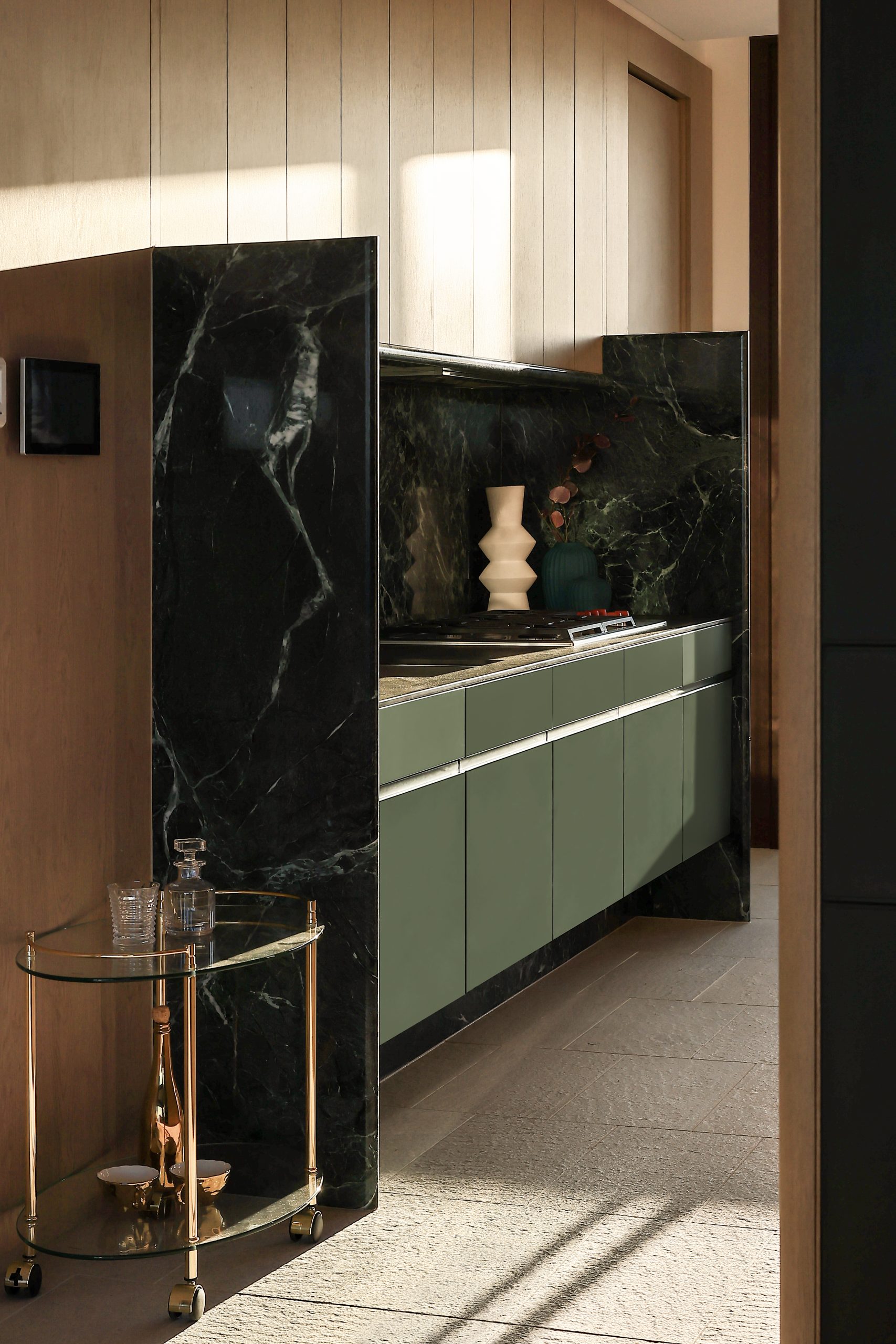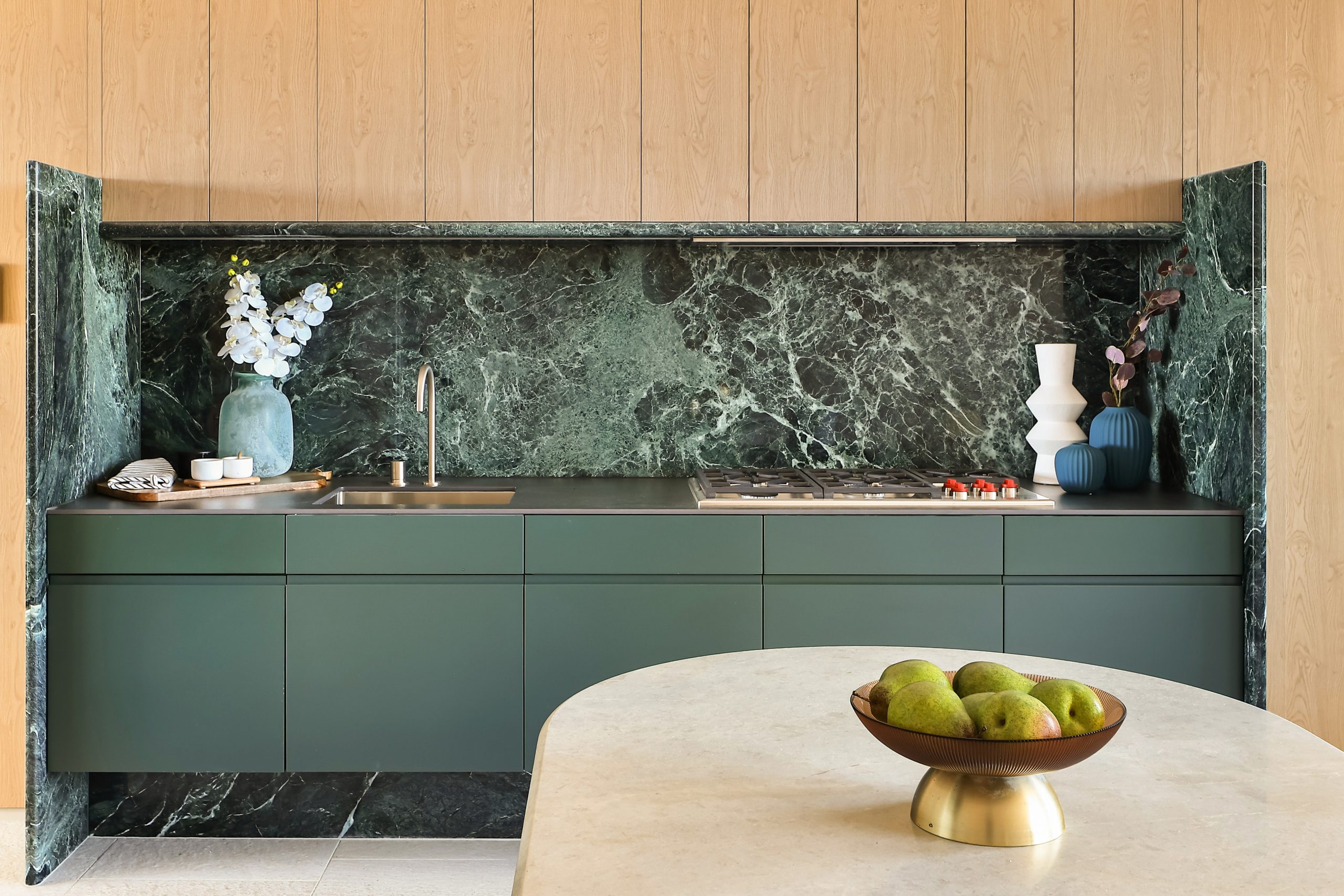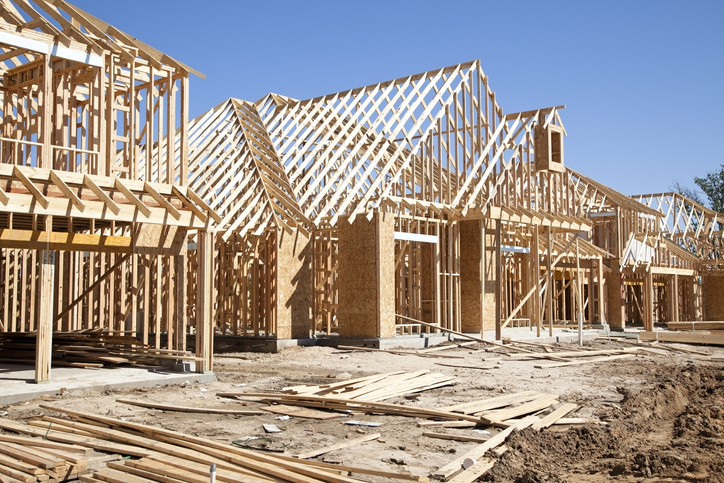Golf Course Living Is Paradise—Except for the 651 Balls Pelting Your House and Yard
In a Massachusetts country club battle, teed-off neighbors are suing, saying errant balls have made life a living hell. How many is ‘reasonable’?
Erik and Athina Tenczar in 2017 bought what they thought was their forever home in Kingston, Mass., a four-bedroom colonial that sits near a left-hand dogleg on the 15th hole of the Indian Pond Country Club.
To their dismay, the Tenczars soon learned that ambitious golfers regularly attempted to cut the corner, putting their house in the line of fire.
Hundreds of golf balls have pelted their house and yard since, turning the residence, they say, into a living hell. The carnage includes eight broken windows and damage to the home’s siding and deck. They have forbidden their three young children to play in the yard, worried they could be hit by a drive.
The couple sued the club the year after moving in, alleging the barrage of balls constituted civil trespass. “We are constantly thinking about the next golf ball that’s going to hit,” Mr. Tenczar testified at a 2021 trial.
The jury awarded the Tenczars $3.5 million in damages, but the highest court of Massachusetts issued a mulligan of sorts in December 2022, throwing out the verdict and ordering a retrial, scheduled for August. A new jury will need to consider whether the number of balls hitting the home is reasonable, the court said.
Living amid the manicured beauty of a golf course has its perks, from picturesque views to quick access to the clubhouse, but it has always come with the risk of intrusion from a badly missed slice or hook.
Still, even after the construction of thousands of golf-course residential developments, there are open questions of law—and neighborly decency—about how many errant shots are too many.
Brit Stenson, the president of the American Society of Golf Course Architects, said designers use hazards, bunkers and water to direct play away from homes along holes, but it is nearly impossible for houses to avoid being hit altogether.
“Today’s golfers often swing really hard at the ball, but they don’t always know where it’s going,” he said.
In the Tenczars’ case, the state high court didn’t cite a legal precedent for its test but said that an easement on their property gave Indian Pond the right to operate a golf course in a reasonable manner. “With golf, some errant shots, way off line, are inevitable, but a predictable pattern of errant shots that arise from unreasonable golf course operation is not,” it said, calling for improved jury instructions at the next trial.
In the U.S. more than 3,300 golf courses operate at over 2,750 facilities classified as residential developments, according to the National Golf Foundation. Many developments have easements and restrictions baked into surrounding residential lots, releasing golf courses from liability and in some cases allowing golfers to retrieve balls from properties. Despite the legal barriers, some homeowners have tried to hold courses or individual golfers accountable.
Leslie Stevens, whose Parker, Colo., home sits on the right side of a fairway, said management at the Black Bear Golf Club changed hands in recent years, and new ownership sought to increase the total number of daily rounds. More golfers has meant more wandering drives pelting her property.
Ms. Stevens said she has chased down golfers on a couple of occasions and asked them to pay for windows they shattered. “They would say, ‘Oh no, you assume the risk. I don’t,’” she said.
She installed protective netting in her backyard but later took some of it down because of the diminished aesthetics. “Who wants to be on a golf course,” she asked, “where you feel caged in?”
The Black Bear’s general manager, Heath Robberson, said the golf club takes homeowners’ concerns seriously and repositions tee boxes when reasonable.
“However, homeowners who purchase a home on a golf course should expect the periodic intrusion of golf balls, especially when they’ve agreed to assume such risks through the covenants governing their property,” he said.
In Anaheim, Calif., Casa Hermosa Mobile Home Park and Dad Miller Golf Course lived in harmony next to one another for years. Balls began striking some mobile homes in 2021, residents say, when a tee box was altered and trees removed while the course was working on a flood channel.
In addition to the damaged property, some residents no longer feel safe tending to their gardens, said Bobbie Crawford, an 80-year-old park resident who manages the facility. “I guess we could buy bicycle helmets,” she said.
Last month the mobile home park’s owner sued the city of Anaheim, which owns the course. An Anaheim spokesman said Dad Miller has been a great neighbor and the city was surprised and disappointed by the suit.
Michael Johnstone, who specialises in forensic investigations of golf-course design and served as an expert witness for the Tenczars in Massachusetts, said he recommends changes to courses, such as reversing a hole or turning a par 5 into a par 4, to correct for a high frequency of wayward shots landing in a certain area.
On rare occasions, though, golfers intentionally try to hit a home, Mr. Johnstone said.
“It’s Friday night and they’re having beers and they say, ‘Who can hit the brick house?’” he said.
The Tenczars, who aren’t golfers, testified that when they purchased the newly built home they never asked questions about the course and didn’t foresee dealing with stray balls.
John Flemming, an attorney for Indian Pond Country Club, said simple due diligence would have given them an idea of what to expect. “All you have to do is google it,” he said.
The Indian Pond course met all the golf design guidelines, Mr. Flemming said, adding that the builder of the Tenczars’ home removed trees and vegetation that helped serve as a buffer. In 2019 the course made alterations to direct shots away from the home, he said, reducing the number of balls hitting the property to between 89 and 99 a year from about 130.
After the jury verdict, two of the 15th hole’s tee boxes were moved farther back, which helped reduce the number of balls landing on the property to 10 for the 2022 season.
At the 2021 trial, Robert Galvin, the Tenczars’ attorney, introduced as evidence a laundry basket containing 651 balls the couple had collected. The judge accepted a photo instead of the basket to alleviate the burden of the clerk’s office storing the balls.
Ms. Tenczar testified that the ordeal gave their then-5-year-old daughter a bad impression of the sport.
“She recently asked me why golfers are bad people, and I had to explain to her that they are not,” Ms. Tenczar told jurors. “There is an issue at the golf course that needs to be fixed, and mommy and daddy are trying to fix it.”
 Copyright 2020, Dow Jones & Company, Inc. All Rights Reserved Worldwide. LEARN MORE
Copyright 2020, Dow Jones & Company, Inc. All Rights Reserved Worldwide. LEARN MORE
This stylish family home combines a classic palette and finishes with a flexible floorplan
Just 55 minutes from Sydney, make this your creative getaway located in the majestic Hawkesbury region.
A Sydney site with a questionable past is reborn as a luxe residential environment ideal for indulging in dining out
Long-term Sydney residents always had handful of not-so-glamourous nicknames for the building on the corner of Cleveland and Baptist Streets straddling Redfern and Surry Hills, but after a modern rebirth that’s all changed.
Once known as “Murder Mall” or “Methadone Mall”, the 1960s-built Surry Hills Shopping Centre was a magnet for colourful characters and questionable behaviour. Today, however, a $500 million facelift of the site — alongside a slow and steady gentrification of the two neighbouring suburbs — the prime corner property has been transformed into a luxury apartment complex Surry Hills Village by developer Toga Group.
The crowning feature of the 122-apartment project is the three-bedroom penthouse, fully completed and just released to market with a $7.5 million price guide.
Measuring 211sqm of internal space, with a 136sqm terrace complete with landscaping, the penthouse is the brand new brainchild of Surry Hills local Adam Haddow, director of architecture at award-winning firm SJB.
Victoria Judge, senior associate and co-interior design lead at SJB says Surry Hills Village sets a new residential benchmark for the southern end of Surry Hills.
“The residential offering is well-appointed, confident, luxe and bohemian. Smart enough to know what makes good living, and cool enough to hold its own amongst design-centric Surry Hills.”
Allan Vidor, managing director of Toga Group, adds that the penthouse is the quintessential jewel in the crown of Surry Hills Village.
“Bringing together a distinct design that draws on the beauty and vibrancy of Sydney; grand spaces and the finest finishes across a significant footprint, located only a stone’s throw away from the exciting cultural hub of Crown St and Surry Hills.”
Created to maximise views of the city skyline and parkland, the top floor apartment has a practical layout including a wide private lobby leading to the main living room, a sleek kitchen featuring Pietra Verde marble and a concealed butler’s pantry Sub-Zero Wolf appliances, full-height Aspen elm joinery panels hiding storage throughout, flamed Saville stone flooring, a powder room, and two car spaces with a personal EV.
All three bedrooms have large wardrobes and ensuites with bathrooms fittings such as freestanding baths, artisan penny tiles, emerald marble surfaces and brushed-nickel accents.
Additional features of the entertainer’s home include leather-bound joinery doors opening to a full wet bar with Sub-Zero wine fridge and Sub-Zero Wolf barbecue.
The Surry Hills Village precinct will open in stages until autumn next year and once complete, Wunderlich Lane will be home to a collection of 25 restaurants and bars plus wellness and boutique retail. The EVE Hotel Sydney will open later in 2024, offering guests an immersive experience in the precinct’s art, culture, and culinary offerings.
The Surry Hills Village penthouse on Baptist is now finished and ready to move into with marketing through Toga Group and inquiries to 1800 554 556.
This stylish family home combines a classic palette and finishes with a flexible floorplan
Just 55 minutes from Sydney, make this your creative getaway located in the majestic Hawkesbury region.
















